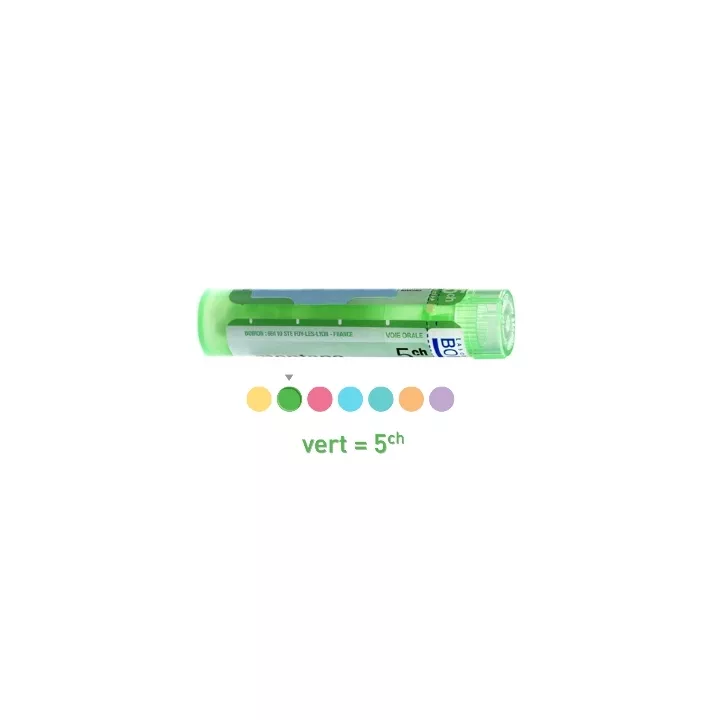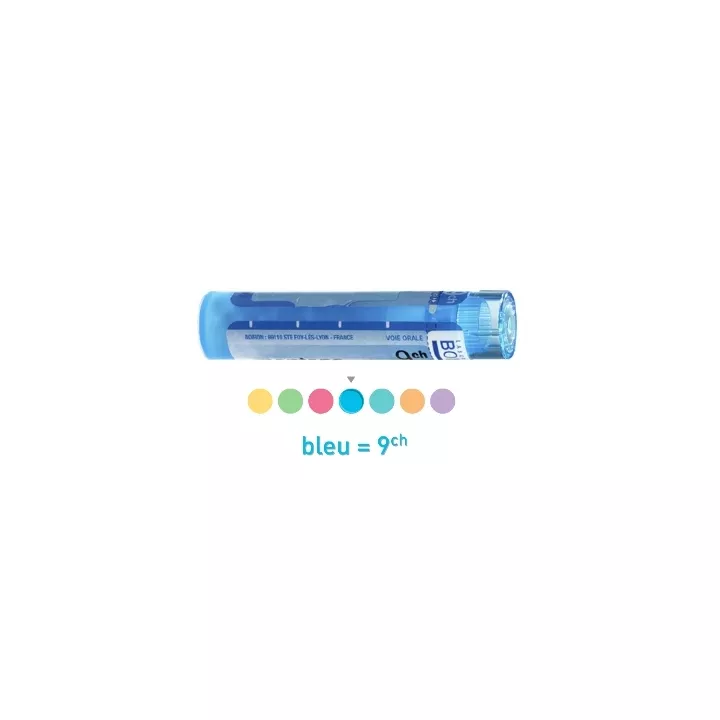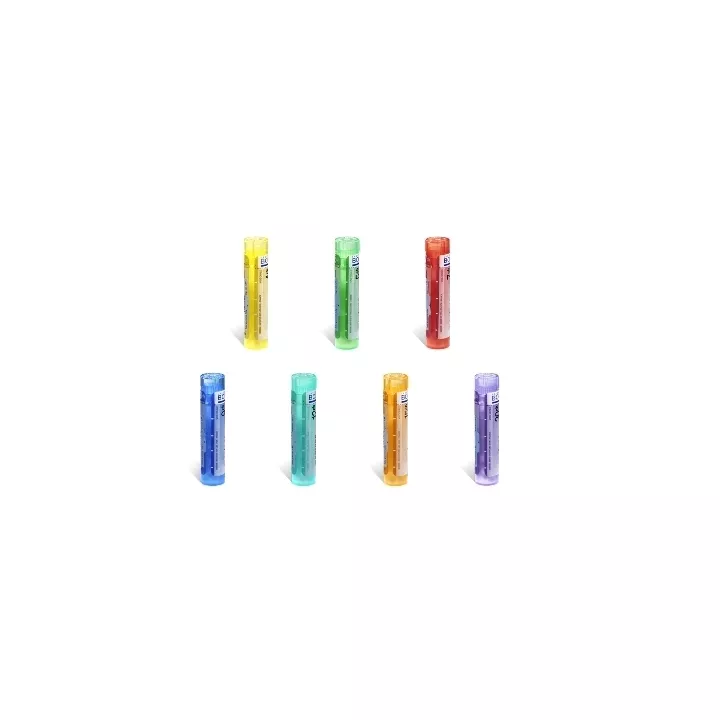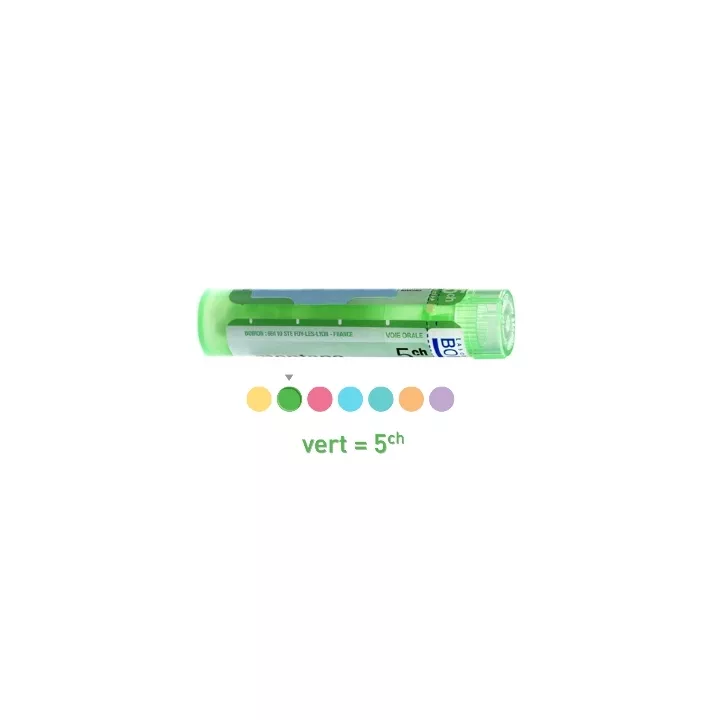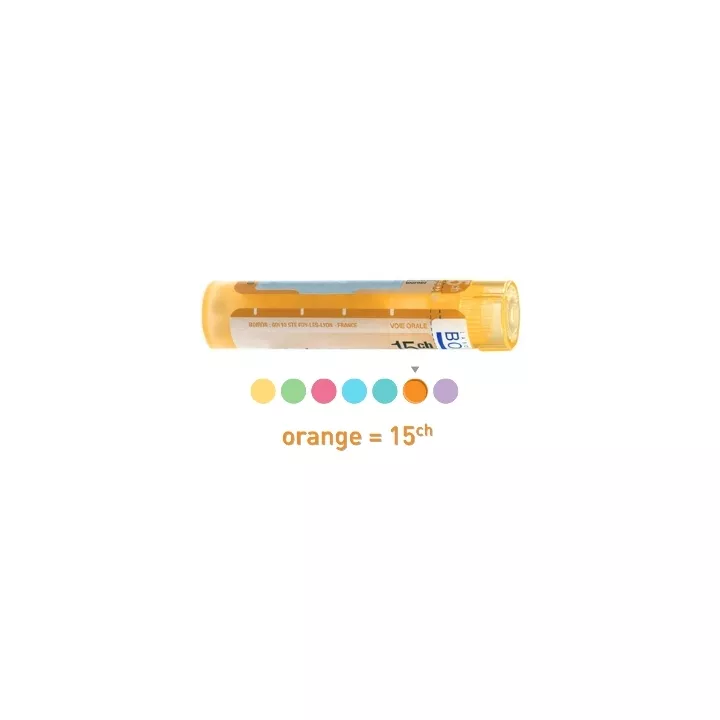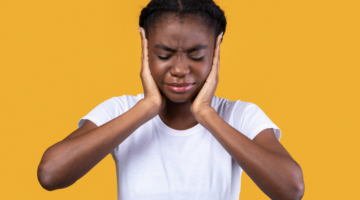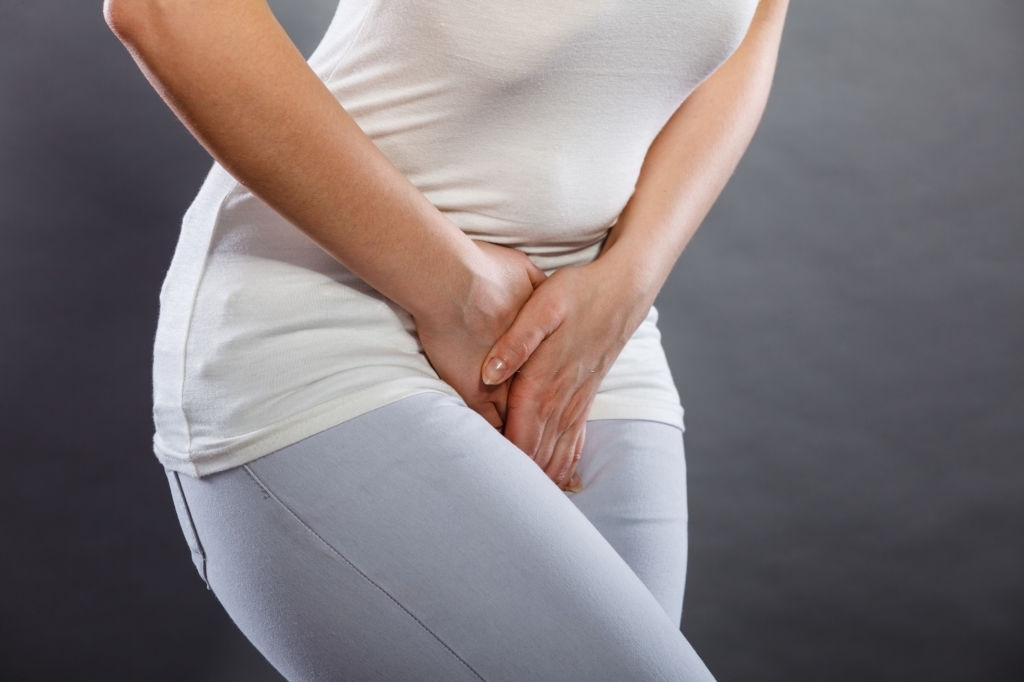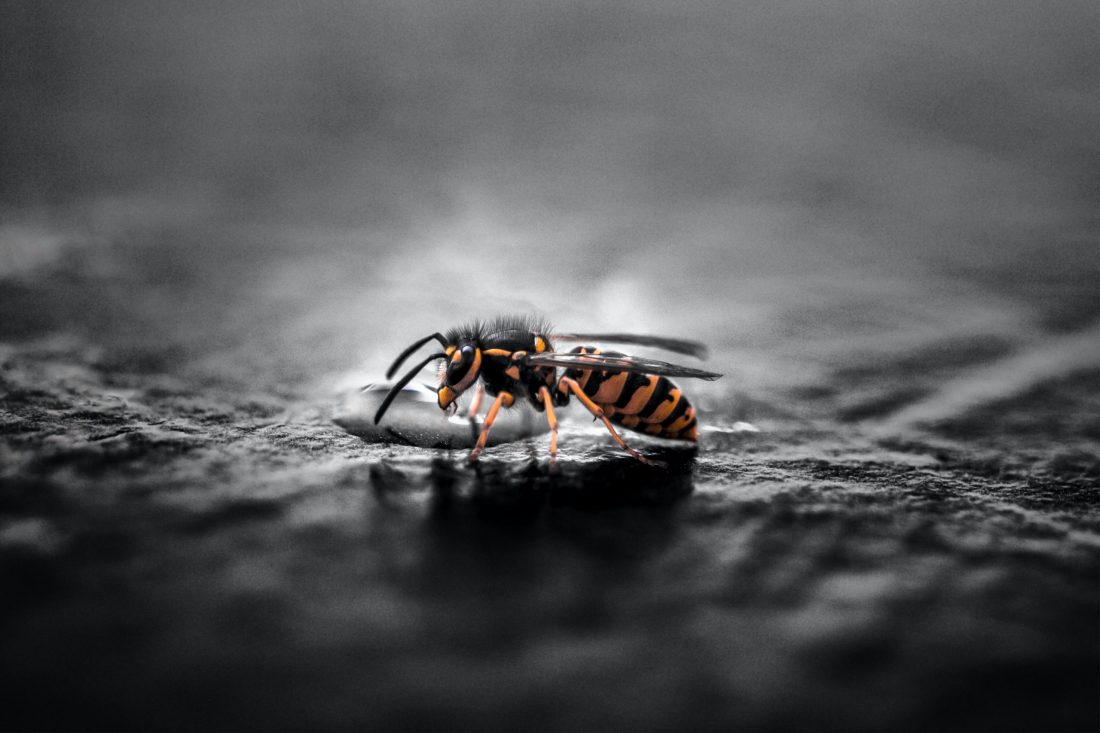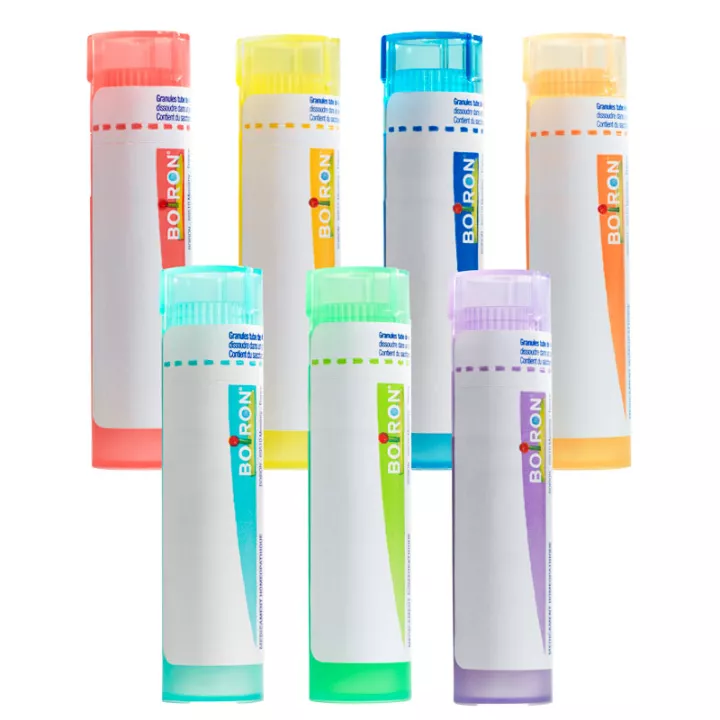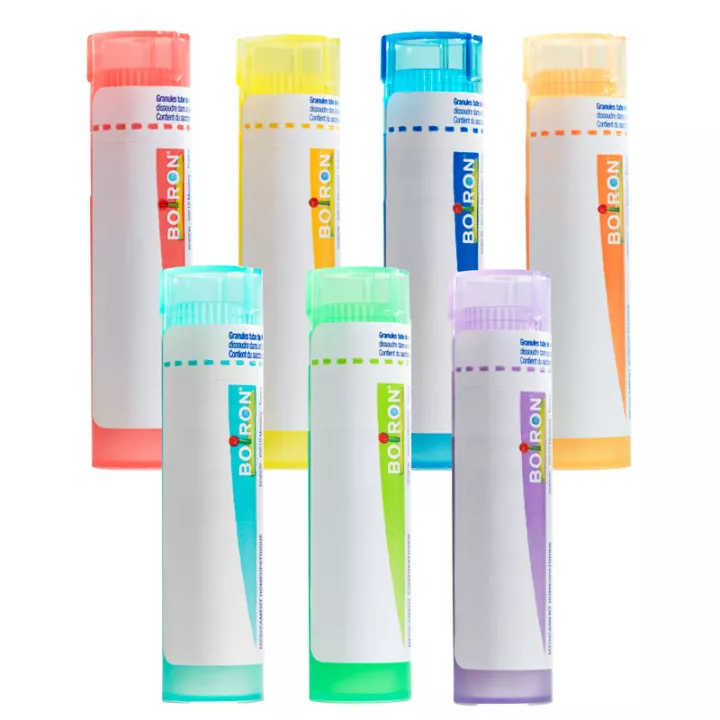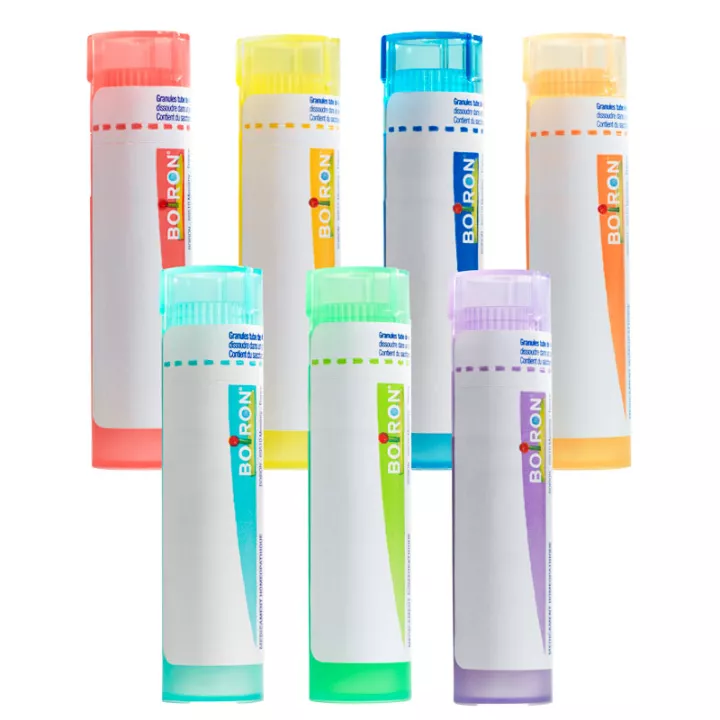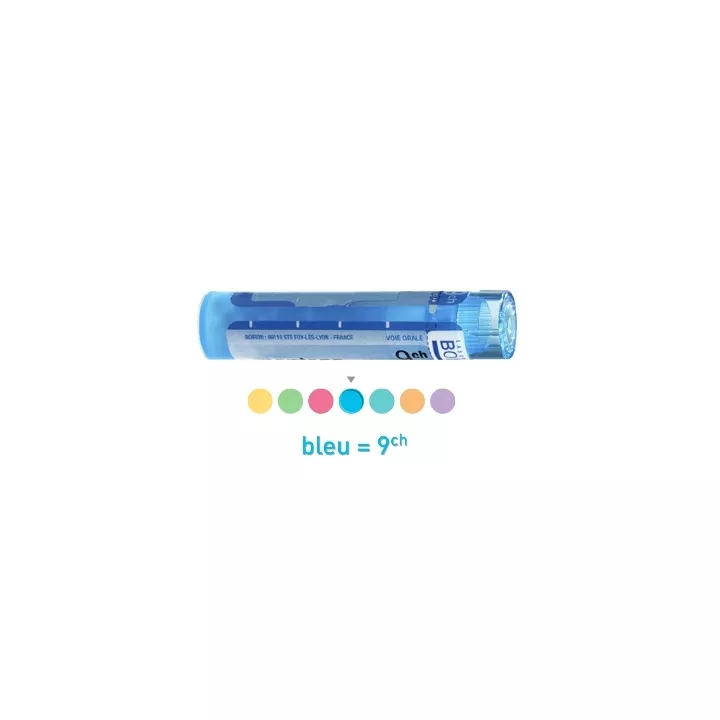Ailanthus glandulosa 5CH, 7CH, 9CH Boiron homeopathic granules on sale in our online pharmacy.
French name: AILANTE GLANDULEUX
Registered drug: EH01138
Not listed in the pharmacopoeia
Origin: Plant
Ailanthus glandulosa is a natural homeopathic remedy that can help reduce the symptoms of different infectious diseases such as scarlet fever, bacterial angina and infectious mononucleosis. It is important to always follow the instructions to avoid unwanted side effects. If you have any doubts on the use of Ailanthus glandulosa, please consult your doctor.
Ailanthus Glandulosa: A homeopathic alternative to antibiotics
Ailanthus Glandulosa is a homeopathic herbal remedy that can be used to treat various infectious diseases. It offers an alternative solution to taking antibiotics in homeopathy to combat these conditions.
Origin and therapeutic properties of Ailanthus Glandulosa
Ailanthus Glandulosa is made from the Ailanthus Glandulosa , also known as Faux Varnish from Japan or Varnish from China . This tree of the simarubaceae family comes from Asia, especially China and Taiwan. Used as an ornamental plant, it is also appreciated in traditional Chinese medicine for its therapeutic virtues. The mother tincture is extracted from the leaves or twigs of the plant, which contain a substance effective in treating various skin conditions, such as boils, abscesses and itching.
Indications and Dosage
Ailanthus glandulosa is a natural homeopathic remedy that is obtained from the leaves of the Ailanthus tree, commonly known as Japanese false varnish. This remedy is often used in addition to treatments to fight against various infectious diseases.
The main indications for Ailanthus glandulosa are scarlet fever, bacterial angina, and infectious mononucleosis, particularly in young children. This homeopathic remedy helps relieve symptoms of fever, rashes, and inflammation of the mucous membrane.
Uses of Ailanthus glandulosa
- Scarlet fever : Patients with scarlet fever often suffer from fever, rashes and pain in the throat. Ailanthus glandulosa is an effective homeopathic remedy to reduce these symptoms.
- Bacterial angina : Bacterial angina is a throat infection caused by bacteria. Ailanthus glandulosa can help reduce throat pain, inflammation, and swelling.
- Infectious mononucleosis : Children with infectious mononucleosis may feel very tired and sore in the throat. Ailanthus glandulosa can help relieve these symptoms.
Ailanthus glandulosa side effects
Ailanthus glandulosa is generally considered safe when used as directed. However, as with any homeopathic remedy, it is possible for side effects to occur. If you experience any unwanted side effects, please consult your doctor.
Homeopathic medicines Tubes granules or doses globules can be used in various symptoms, so it is not possible to determine the indications and the dose of a specific preparation.
The homeopathic physician chooses the appropriate medicine, the appropriate dilution and dosage for the patient's state of health and characteristic symptoms.
Advice for use and instructions for use
Homeopathic treatment for scarlet fever
Ailanthus glandulosa is frequently prescribed in homeopathy for the treatment of scarlet fever. This infectious disease results from a streptococcal bacterial invasion and manifests as red rashes all over the body. The first symptoms, such as headache and fever, usually appear 3 to 5 days after the incubation period.
Fight against bacterial angina thanks to Ailanthus Glandulosa
In some cases, streptococcal invasion can lead to bacterial angina, which is characterized by acute inflammation of the pharynx or pharyngitis. If not treated quickly, it can cause dysphagia or stabbing pains in the throat, making it difficult to swallow.
In case of complications, the pain can extend to the ears, and the tonsils are often affected, giving off a foul odor. Ailanthus Glandulosa proves to be an effective remedy for scarlet fever when it has not yet reached an advanced stage.
Homeopathic treatment of childhood mononucleosis
Ailanthus Glandulosa is also a homeopathic medicine of choice for infectious mononucleosis, especially in young children. The symptoms of this infectious disease are similar to those of angina, accompanied by marked asthenia or intense fatigue and frequent stomach aches.
Recommended Dosages for Ailanthus Glandulosa
- For the treatment of scarlet fever , it is recommended to use Ailanthus Glandulosa in 4 CH , in particular to relieve the symptoms of pharyngitis or acute tonsillitis. The prescribed dose is 3 granules morning, noon and evening.
- For children with infectious mononucleosis , standard medical treatment is required. Homeopathy is used as a complementary treatment to alleviate the symptoms. In this case, it is advisable to let 3 granules of Ailanthus Glandulosa 5 CH melt under the tongue, three times a day.
- In case of angina of bacterial origin , Ailanthus Glandulosa 9 CH is rather recommended, at the rate of 5 granules every hour.
Instructions for the tubes of granules
Remove the tab, invert the tube and gently pull the cap.
Turn the tube to drop the desired number of granules into the cap and then place the granules under the tongue.
It is advisable not to touch the homeopathic granules with your fingers. Do not take astringent substances within half an hour before taking homeopathic medicines such as coffee, tobacco, camphor, mint and chamomile.
Use toothpaste without mint (such as Homéodent Boiron, toothpaste compatible with taking homeopathic granules).
Instructions for use for homeopathic dose tubes
Remove the tab, invert the tube and gently pull the cap. Deposit all the globules of the dose under the tongue.
It is advisable not to touch the homeopathic globules with your fingers.
The globules in the dose tubes are absorbed all at once by letting them dissolve slowly under the tongue. For lack of dose, take 10 globules of the same dilution.
Do not take astringent substances within half an hour before taking homeopathic medicines such as coffee, tobacco, camphor, mint and chamomile.
Packaging and content
Translucent granule tube (allows you to view the remaining granules).
Each tube color corresponds to a dilution. Weight 4g. About 80 pellets.
Precautions and advice
It is important to consult a doctor or homeopathic specialist before taking Ailanthus Glandulosa or any other homeopathic treatment. Each case is different, only a healthcare professional can determine the appropriate dosage and treatment.
Furthermore, Ailanthus Glandulosa should not be used as a substitute for conventional medical treatment in the event of serious infections or complications. It is essential to follow your doctor's recommendations and not to interrupt a prescribed treatment without his agreement.
Contains sucrose. Use toothpaste without mint (such as NATURAL TOOTHPASTE Rocal).
Store homeopathic medicines away from light, heat, humidity and any source of emanation and perfumes.
Give homeopathic pellets to babies and children
For granules or alcoholic drops dissolve them in 100ml of water. The granules being very long to dissolve, it is necessary to prepare your mixture in advance.
Homeopathy and pregnancy
Homeopathic medicines have no chemical toxicity, contraindications, interactions with other medicines, or adverse effects related to the quantity of product ingested. Pregnant women can be treated without known risk for them and their future child. , but it is better to seek advice.
Frequency of use of homeopathy
In acute conditions, it is advisable to take homeopathic remedies every hour until the symptoms improve. Therefore, it is necessary to space out the doses, 3 or 4 times a day, then to stop gradually.
In chronic conditions, remedies in low dilution (> 9CH) are taken 1 to 2 times a day, basic remedies are taken once a week, or even once a month. This decision is up to the homeopath.
What to do if there is no improvement within 24 hours
Some pathologies cannot be treated in homeopathy by simple self-medication. Their seriousness requires medical advice that can be issued by a homeopathic doctor. This doctor will judge whether your condition can be cured by homeopathy alone or whether your treatment must be supplemented by allopathy.

